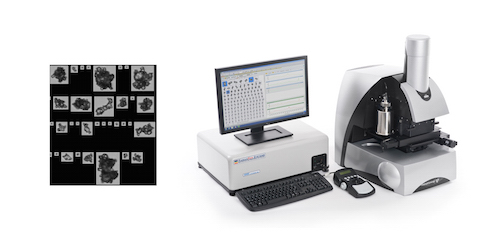Members Login

Channels
Special Offers & Promotions
Malvern Releases New Guidance on the use of Automated Imaging for Agglomerate Detection

Malvern Instruments has released new guidance on using automated image analysis to detect and quantify agglomerates.
The ability of uncontrolled agglomeration to substantially impact the performance and value of powder products makes efficient agglomerate detection vital across a number of industries. ‘Identification of agglomerates using automated image analysis’ presents practical strategies for efficiently and robustly differentiating agglomerates from primary particles, to support product development, QC and process troubleshooting. To view the application note, go to http://www.malvern.com/identifying-agglomerates.
Agglomerates are formed through the adhesion or cohesion of smaller primary particles. They can have serious implications for product performance, value and, in the case of pharmaceutical products, safety. Any tendency towards agglomeration must therefore be thoroughly investigated during product development, controlled during manufacture and checked in final product QC.
Automated imaging is a fast and efficient technique for studying the morphological characteristics of particulate materials. The new guidance shows how the combination of size and shape data can be used to securely classify particles as agglomerates, enabling the amount of agglomerated material present in a blend to be quantified. In particular, shape parameters such as particle convexity and circularity are shown to be important in differentiating primary particles and agglomerates.
Malvern’s Sysmex FPIA 3000 and Morphologi G3 image analysis-based particle characterization systems employ advanced optics to record and analyze images of thousands of particles within suspensions, emulsions and dry powders in a matter of minutes. The Morphologi G3-ID extends the capabilities of image analysis by applying the technique of Morphologically Directed Raman Spectroscopy to enable the chemical identification of multi-component agglomerates that cannot be reliably classified on the basis of size and shape alone. Together, these automated imaging systems provide an efficient solution for robust agglomeration detection.
more about malvern instruments
more news from malvern instruments
Media Partners


